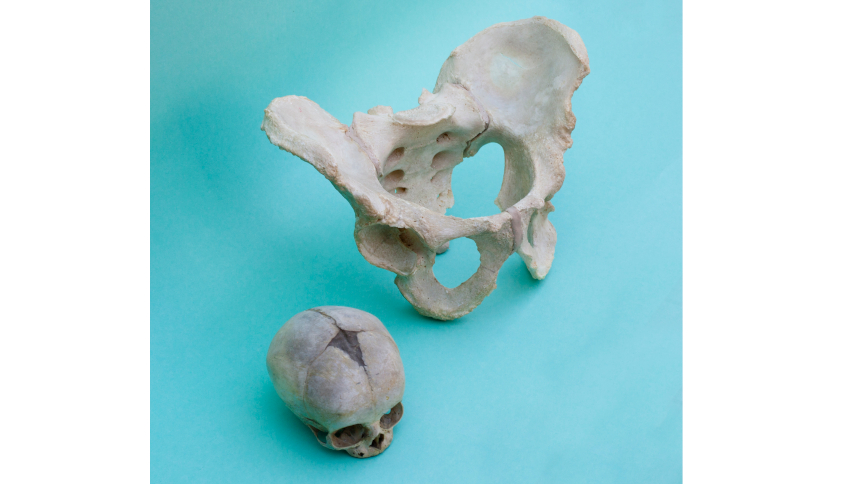A new study reveals the surprisingly convergent evolution in the inner ear of mammals. An international research team led by Nicole Grunstra from the University of Vienna and Anne Le Maître from the Konrad Lorenz Institute (KLI) for Evolution and Cognition Research (Klosterneuburg) showed that a group of highly divergent mammals known as Afrotheria and distantly related, but ecologically very similar mammals independently evolved similar inner ear shapes. The study has just been published in the prestigious journal Nature Communications.
Tag: Department of Evolutionary Biology

Where do the gender differences in the human pelvis come from?
The pelvis is the part of the human skeleton with the largest differences between females and males. The female birth canal is on average more spacious and exhibits shape features that enable birth of a large baby with a big brain. In forensics, these pelvic differences are used for sex identification of human skeletons. Thus far it was unclear when these pelvic differences first appeared in human evolution. Barbara Fischer from the University of Vienna and her coauthors have published a study in Nature Ecology & Evolution presenting new insights into the evolutionary origin of pelvic sex differences.